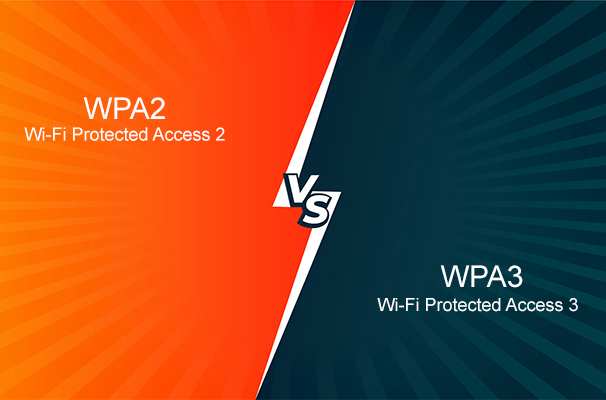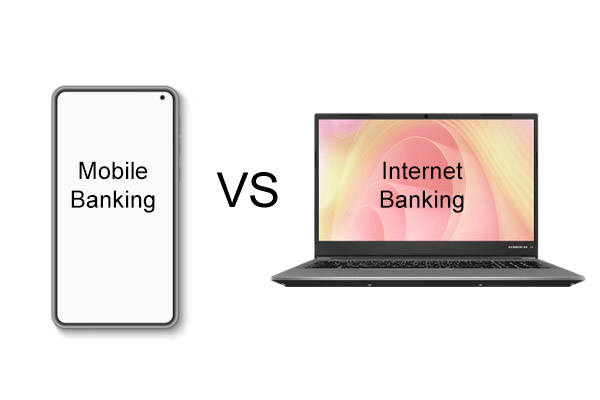In today’s digital age, the terms “tag” and “hashtag” are frequently used across various platforms to organize and categorize content. While they might seem similar, they serve distinct purposes and are crucial for effective content management and discovery. This guide will explore the nuances between tags and hashtags, their applications, and how they can enhance your digital presence.
What Are Tags?
Definition and Purpose
Tags are keywords or phrases assigned to digital content to organize and categorize it. They serve as metadata that helps users and systems understand and classify content, making it easier to locate and retrieve related material. Tags are commonly used on blogs, websites, and databases.
How Tags Work
- Content Organization: Tags help categorize content into specific themes or topics, which enhances searchability within a platform.
- SEO Benefits: By accurately tagging content, you can improve the search engine optimization (SEO) of your site, making it more likely to appear in relevant search results.
- User Navigation: Tags facilitate a user-friendly experience by enabling visitors to quickly find related content through linked keywords.
Example Usage
- A blog post about digital marketing might include tags such as “SEO,” “content marketing,” and “social media strategies” to help users find related posts on the blog.
What Are Hashtags?
Definition and Purpose
Hashtags are keywords or phrases preceded by the pound symbol (#). They are predominantly used on social media platforms to group related content and make it discoverable by others interested in the same topics.
How Hashtags Work
- Content Discovery: Hashtags create clickable links that lead to feeds of all posts using the same hashtag, facilitating broader conversations and trend participation.
- Engagement and Community Building: By using hashtags, users can connect with others who share similar interests or are discussing the same topics.
- Cross-Platform Visibility: Hashtags extend beyond individual platforms, allowing content to be found across different social networks.
Example Usage
- An Instagram post about a fitness journey might use hashtags like “#fitlife,” “#workoutmotivation,” and “#healthyliving” to reach a broader audience and engage with the fitness community.
Key Differences Between Tag and Hashtag
Functionality
- Tags: Serve an organizational function by categorizing content within a platform. They are embedded in the content or its metadata and help in sorting and locating related material.
- Hashtags: Facilitate participation in larger conversations and trends by linking content across platforms. They are included in captions or comments and help in discovering related posts and topics.
Placement
- Tags: Typically embedded in the metadata of content on websites or blogs.
- Hashtags: Placed in the captions, descriptions, or comments of social media posts.
Linking and Navigation
- Tags: Provide internal navigation within a site or platform but do not necessarily create clickable links.
- Hashtags: Create clickable links that lead to feeds of related content, enabling users to explore broader discussions.
Visibility
- Tags: May not always be visible to end-users but are crucial for internal categorization and SEO.
- Hashtags: Always visible and clickable, allowing users to follow and participate in trending topics.
Practical Applications
Using Tags
- Content Management: Tags can be used to manage and organize content on a website or blog. For instance, an e-commerce site might use tags like “electronics,” “home appliances,” and “kitchen gadgets” to categorize products.
- Improving SEO: Tags enhance the SEO of a website by associating content with relevant keywords, helping search engines understand and index the site more effectively.
Using Hashtags
- Social Media Engagement: Hashtags are essential for increasing the visibility of social media posts. They can be used to join trending conversations, promote events, or engage with communities.
- Brand Awareness: Creating unique branded hashtags can help build a community around your brand and make it easier for users to find related content.
Best Practices
For Tags
- Relevance: Ensure that tags accurately describe the content. Avoid over-tagging or using irrelevant tags, as this can clutter the organization and reduce SEO effectiveness.
- Consistency: Use a consistent set of tags across related content to improve navigation and user experience.
For Hashtags
- Specificity: Use specific and relevant hashtags to target your audience effectively. Avoid overly broad hashtags that might not attract the right engagement.
- Research: Investigate trending hashtags in your niche to increase the visibility and reach of your content.
- Moderation: Avoid using too many hashtags in a single post, as this can appear spammy. Focus on a few highly relevant hashtags.
FAQs On Difference Between Tag and Hashtag
1. Can I use both tags and hashtags on the same platform?
Yes, tags and hashtags can coexist on the same platform. Tags are typically used for internal organization, while hashtags can extend the reach of your content on social media.
2. Do tags and hashtags impact SEO similarly?
Tags primarily aid in organizing content and improving site usability, which search engines value. Hashtags can increase social media visibility and indirectly affect SEO through engagement and traffic.
3. How do I measure the performance of my tags and hashtags?
Social media analytics tools and Google Analytics can track the performance of tags and hashtags by measuring clicks, engagement, and traffic.
4. Are there limitations to the number of tags or hashtags I can use?
Some platforms impose limitations on the number of tags and hashtags. Overusing tags or hashtags can harm SEO and reduce engagement, so use them judiciously.
5. How do I choose the right tags and hashtags for my content?
For tags, focus on relevance to the core themes of your content. For hashtags, consider their popularity, specificity, and relevance to your audience. Research trending hashtags and use keyword tools to identify effective ones.
Final Verdict: Difference Between Tag and Hashtag
Understanding the differences between tags and hashtags is crucial for effective content management and discovery. Tags help categorize and organize content within platforms, enhancing SEO and user navigation. Hashtags, on the other hand, connect content across social media, fostering engagement and broadening reach. By mastering the use of both tags and hashtags, you can enhance your digital presence and navigate the complex landscape of online communication effectively.





